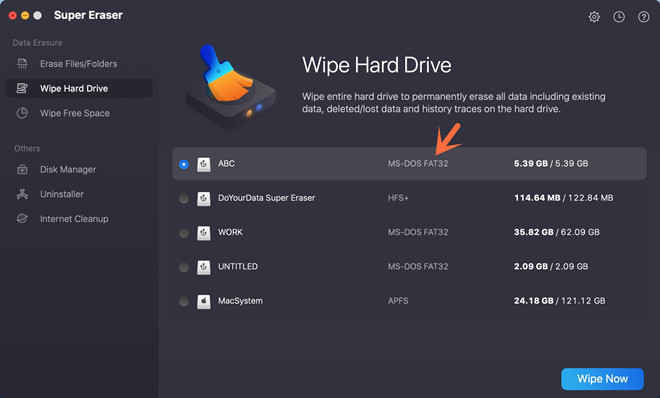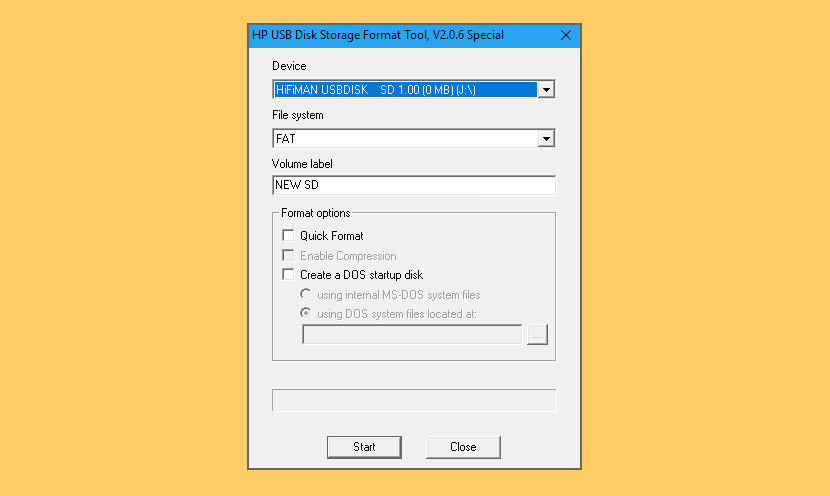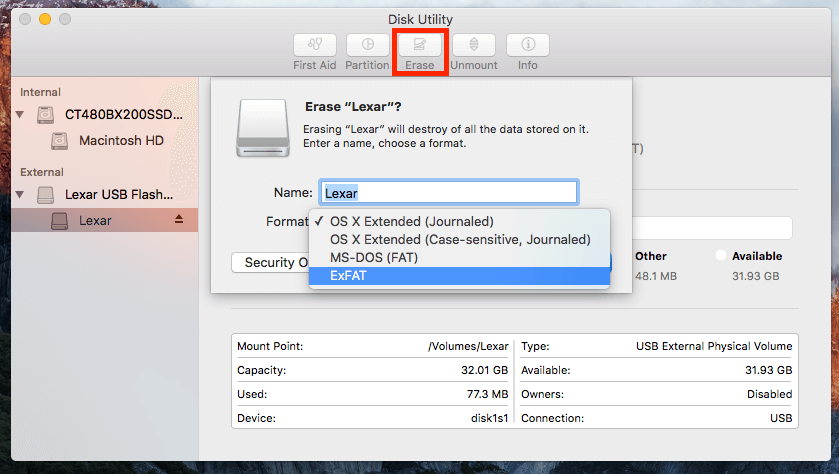


Most of us use some kind of external storage device with our Mac at some time or another, whether it’s a USB stick, flash drive, external hard disk, or SSD.

But to help you do it all by yourself, we’ve gathered our best ideas and solutions below.įeatures described in this article refer to the MacPaw site version of CleanMyMac X. Each volume within an APFS container can have its own APFS format-APFS, APFS (Encrypted), APFS (Case-sensitive), or APFS (Case-sensitive, Encrypted).So here’s a tip for you: Download CleanMyMac to quickly solve some of the issues mentioned in this article. You can easily add or delete volumes in APFS containers. For example, folders named “Homework” and “HOMEWORK” are two different folders. For example, folders named “Homework” and “HOMEWORK” are two different folders.ĪPFS (Case-sensitive, Encrypted): Uses the APFS format, is case-sensitive to file and folder names, and encrypts the volume. Choose this option if you don’t need an encrypted or case-sensitive format.ĪPFS (Encrypted): Uses the APFS format and encrypts the volume.ĪPFS (Case-sensitive): Uses the APFS format and is case-sensitive to file and folder names. Each volume uses only part of the overall container, so the available space is the total size of the container, minus the size of all the volumes in the container.Ĭhoose one of the following APFS formats for Mac computers using macOS 10.13 or later.ĪPFS: Uses the APFS format. If desired, you can specify reserve and quota sizes for each volume. When a single APFS container has multiple volumes, the container’s free space is shared and is automatically allocated to any of the individual volumes as needed. macOS 10.13 or later supports APFS for both bootable and data volumes.ĪPFS allocates disk space within a container (partition) on demand. While APFS is optimized for the Flash/SSD storage used in recent Mac computers, it can also be used with older systems with traditional hard disk drives (HDD) and external, direct-attached storage. Apple File System (APFS), the default file system for Mac computers using macOS 10.13 or later, features strong encryption, space sharing, snapshots, fast directory sizing, and improved file system fundamentals.


 0 kommentar(er)
0 kommentar(er)
